India is a land where culture thrives in every corner, weaving a vibrant tapestry of experiences that captivate the senses and the soul. From the exuberant celebrations of its festivals to the timeless traditions passed down through generations and the awe-inspiring grandeur of its temples, India offers a cultural immersion unlike any other. This article takes you on a journey through the heart of Indian culture, exploring the festivals that unite communities, the traditions that define daily life, and the temples that stand as testaments to faith and artistry. Whether you’re a traveler seeking adventure or someone curious about India’s rich heritage, this guide will unveil the essence of a cultural immersion in India.
Festivals: A Celebration of Life and Unity
India’s festivals are a dazzling display of color, sound, and joy, reflecting the country’s incredible diversity and unity. Each festival serves as a window into India’s soul, showcasing its beliefs, values, and communal spirit. Here are some of the most iconic Indian festivals that draw millions into their vibrant embrace:
- Diwali (The Festival of Lights): Known as the festival of lights, Diwali is celebrated across India with immense enthusiasm. It commemorates the triumph of good over evil, symbolized by the return of Lord Rama after defeating Ravana. Homes glow with oil lamps and fairy lights, fireworks illuminate the night sky, and families share sweets like laddu and barfi. Prayers to Goddess Lakshmi, the deity of wealth, mark the occasion, making Diwali a time of hope, renewal, and joy.
- Holi (The Festival of Colors): Holi heralds the arrival of spring with an explosion of color and merriment. People of all ages take to the streets, throwing vibrant powders and water at each other, erasing social divides in a celebration of love and forgiveness. The night before, bonfires are lit to signify the burning of evil, accompanied by traditional sweets like gujiya. Holi’s infectious energy makes it one of India’s most beloved festivals.
- Eid-ul-Fitr and Christmas: India’s religious diversity shines through in festivals like Eid-ul-Fitr and Christmas. Eid, celebrated by Muslims, marks the end of Ramadan with prayers, feasts featuring dishes like biryani and sheer khurma, and acts of charity. Christmas, embraced by Christians and non-Christians alike, brings decorated trees, carol singing, and the sharing of cakes and goodies, reflecting India’s spirit of inclusivity.
- Regional Festivals: Beyond national celebrations, India’s regional festivals highlight its cultural richness. In Tamil Nadu, Pongal is a harvest festival where families cook a special rice dish to thank nature. In Punjab, Baisakhi celebrates the Sikh New Year and the harvest with lively bhangra dances. In West Bengal, Durga Puja honors Goddess Durga with stunning pandals (temporary temples) and artistic displays, drawing crowds for days of revelry.
These festivals are more than rituals; they are celebrations of life that foster community bonds and cultural pride. Participating in them offers a firsthand taste of India’s vibrant spirit, making them a cornerstone of cultural immersion.
Traditions: The Heartbeat of Indian Culture
India’s traditions are the threads that hold its cultural fabric together, rooted in history yet alive in the present. From grand ceremonies to everyday rituals, these customs reflect the country’s diversity and resilience. Here’s a closer look at some key traditions that define Indian life:
- Weddings: Indian weddings are legendary for their scale and splendor, often spanning multiple days with a series of rituals. The mehendi ceremony decorates the bride’s hands with intricate henna designs, while the saptapadi—seven steps around a sacred fire—seals the union with vows of love and partnership. Customs vary by region, from the vibrant haldi ceremony in the north to the minimalist elegance of South Indian weddings, showcasing India’s cultural mosaic.
- Art and Dance: Traditional art forms like Bharatanatyam, Kathak, and Odissi are storytelling dances that bring India’s myths and values to life. These classical performances, often seen during festivals like Navratri, are accompanied by music from instruments like the sitar and tabla. Folk dances such as Gujarat’s Garba and Punjab’s Bhangra add a lively, communal flair to celebrations, preserving India’s artistic legacy.
- Daily Rituals: Simple yet profound traditions punctuate daily life in India. Lighting a lamp at dawn, offering prayers at a home shrine, or applying a tilak (vermilion mark) on the forehead are acts that connect individuals to their spiritual roots. These practices, often tied to festivals or family milestones, provide continuity in a fast-changing world.
Indian traditions are dynamic, adapting to modernity while retaining their essence. They bridge the past and present, offering a glimpse into the values that shape Indian society and enriching any cultural immersion experience.
Temples: Spiritual Sanctuaries and Architectural Wonders
India’s temples are architectural marvels and spiritual havens, embodying centuries of devotion, art, and community life. Scattered across the country, they range from ancient stone structures to glittering modern complexes. Here are some standout examples:
- The Golden Temple (Amritsar): This Sikh shrine, with its shimmering golden dome, is a beacon of peace and equality. Surrounded by the sacred sarovar (pool), it welcomes all faiths to its langar, a free community kitchen serving thousands daily. The temple’s serene ambiance and harmonious chants create a profound spiritual experience.
- Meenakshi Temple (Madurai): A masterpiece of Dravidian architecture, this temple in Tamil Nadu is dedicated to Goddess Meenakshi. Its towering gopurams are covered with thousands of colorful sculptures depicting deities and mythical scenes. The temple buzzes with activity, from daily rituals to grand festivals, making it a cultural and spiritual hub.
- Konark Sun Temple (Odisha): A UNESCO World Heritage Site, this 13th-century temple is designed as a massive chariot for the sun god Surya. Its intricately carved stone wheels and walls tell tales of ancient craftsmanship. Though no longer an active worship site, it remains a symbol of India’s architectural genius.
Temples in India are more than religious sites; they are centers where festivals are celebrated, traditions are upheld, and communities gather. Visiting a temple—listening to the rhythmic chants, marveling at the sculptures, or joining a festival procession—offers a deep dive into India’s spiritual and cultural core.
Cultural Immersion: Experiencing India’s Soul
A true cultural immersion in India goes beyond observation; it’s about participation and connection. Here’s how to fully experience the magic of India’s festivals, traditions, and temples:
- Join a Festival: Step into the chaos and joy of Holi, tossing colors with locals, or light a lamp during Diwali to share in the festive glow. The warmth of the people and the shared excitement make you feel part of something larger, transcending language and borders.
- Witness Traditions: Attend an Indian wedding to see rituals unfold in real time, or catch a classical dance performance at a cultural festival. These moments reveal the stories and values woven into India’s traditions, offering a personal connection to its heritage.
- Visit a Temple: Spend time in a temple, soaking in its tranquility or joining in its rituals. Whether it’s offering flowers at a small village shrine or exploring the grandeur of a historic temple during a festival, the experience is both humbling and enriching.
The interplay of festivals, traditions, and temples creates a cultural ecosystem that’s uniquely Indian. Each element enhances the others, forming an immersive experience that lingers long after you leave.
Conclusion: A Journey Like No Other
India’s cultural landscape is a sensory feast, blending the exuberance of its festivals, the depth of its traditions, and the majesty of its temples into an unforgettable journey. These elements invite you to not just see India but to feel it—to dance in its streets, marvel at its heritage, and find peace in its sacred spaces. For travelers, students, or anyone eager to explore the world, a cultural immersion in India promises a transformative adventure. So, take the plunge: let India’s colors, sounds, and stories envelop you in an experience that’s as timeless as it is vibrant.





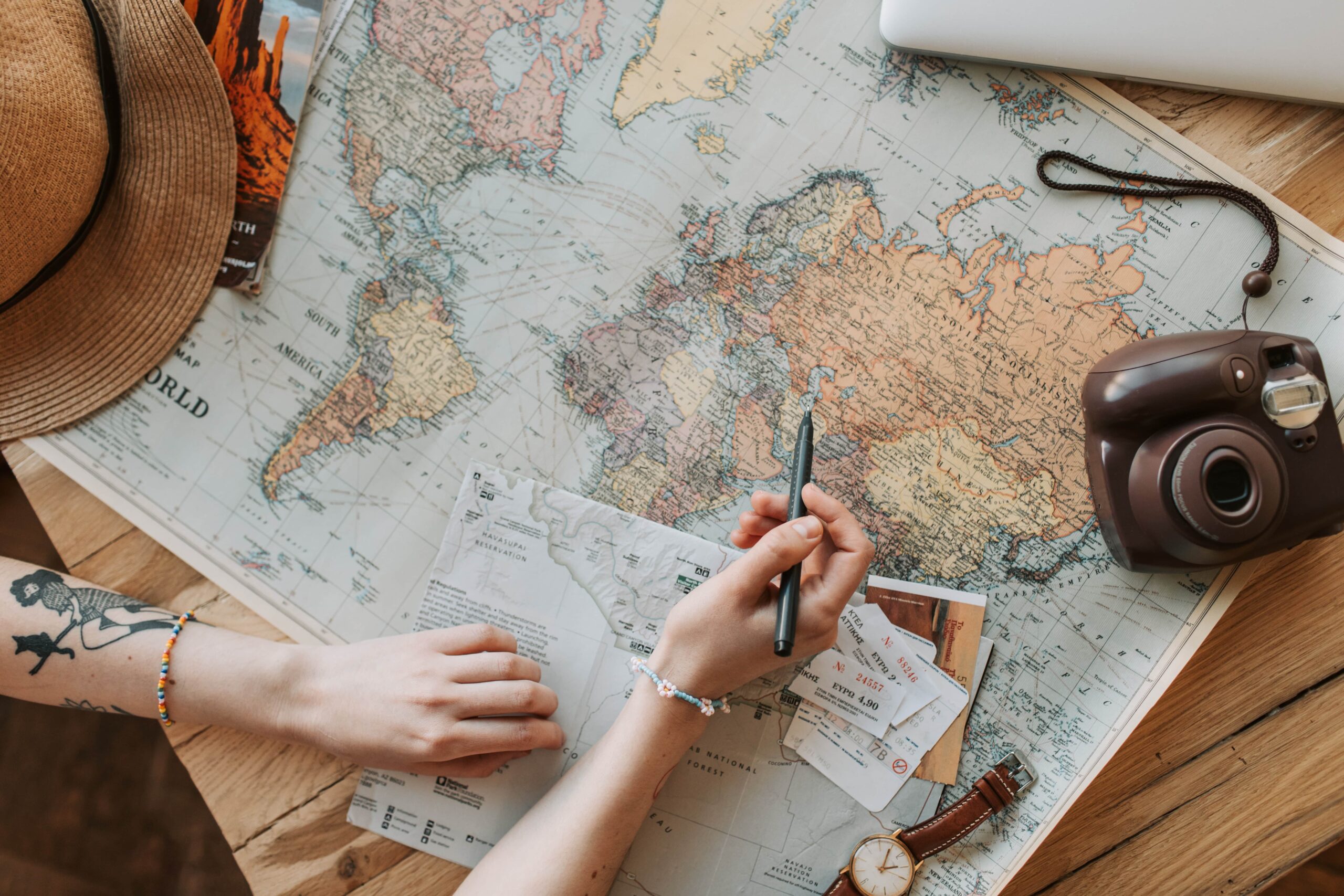
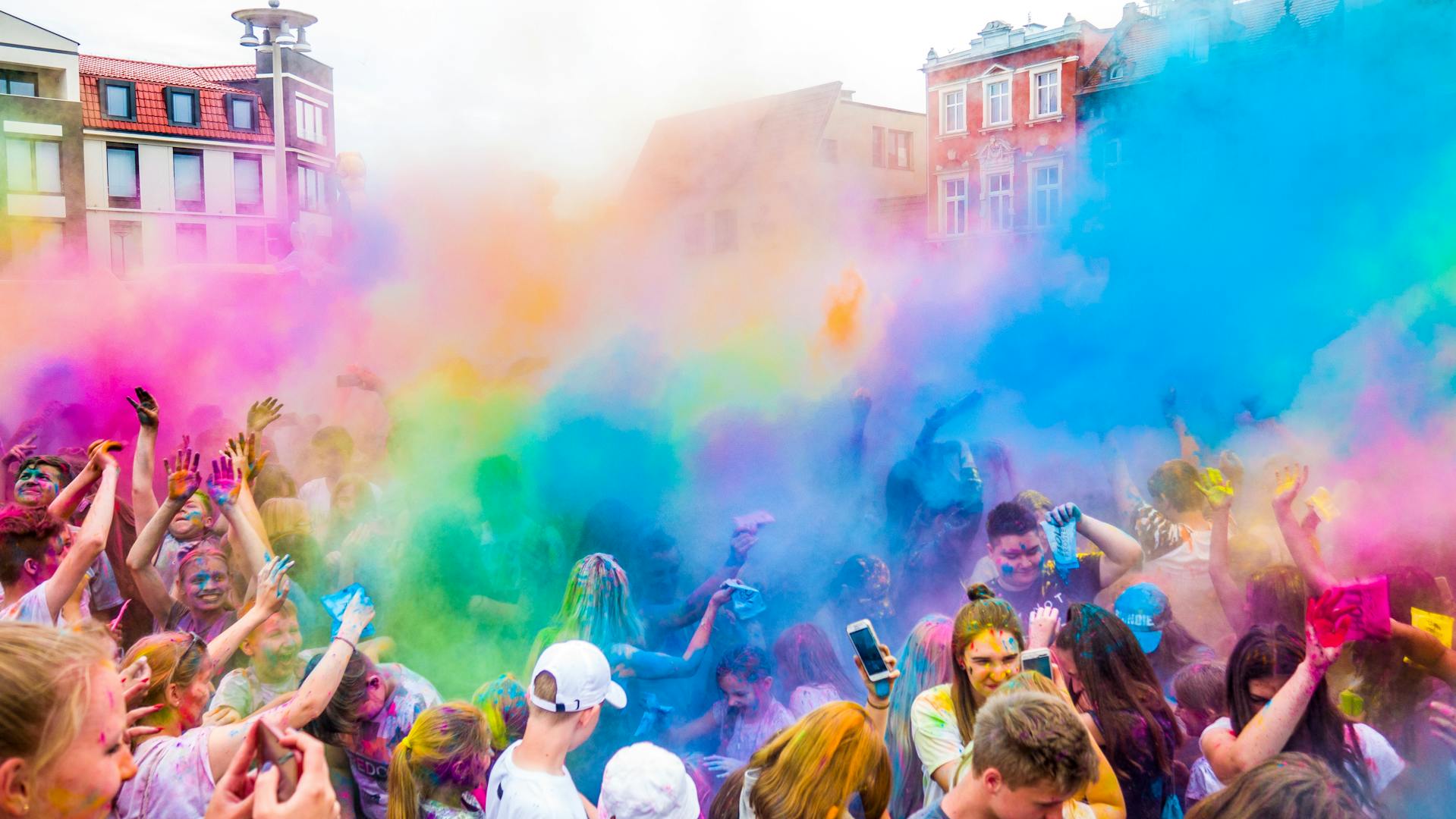
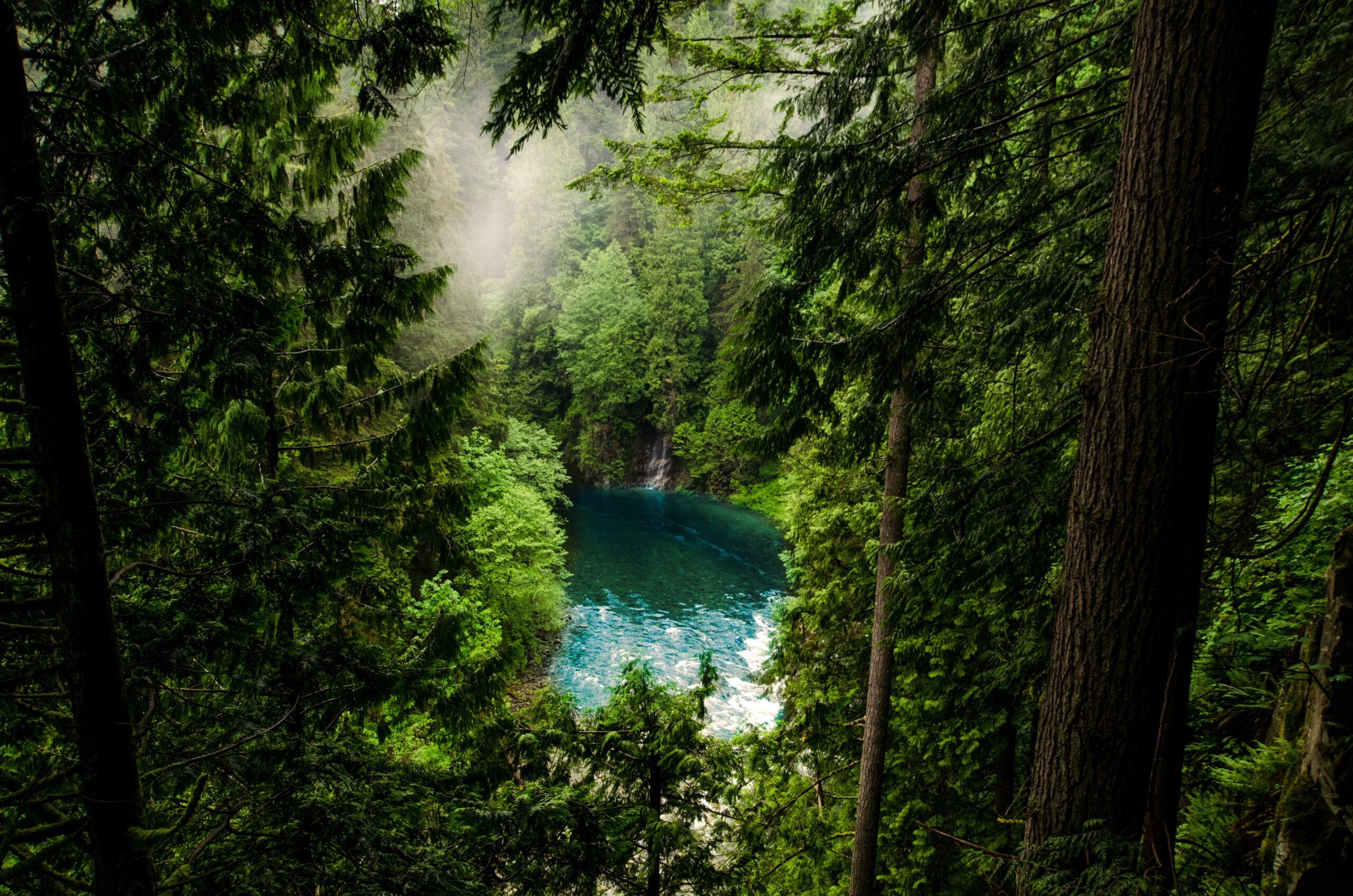

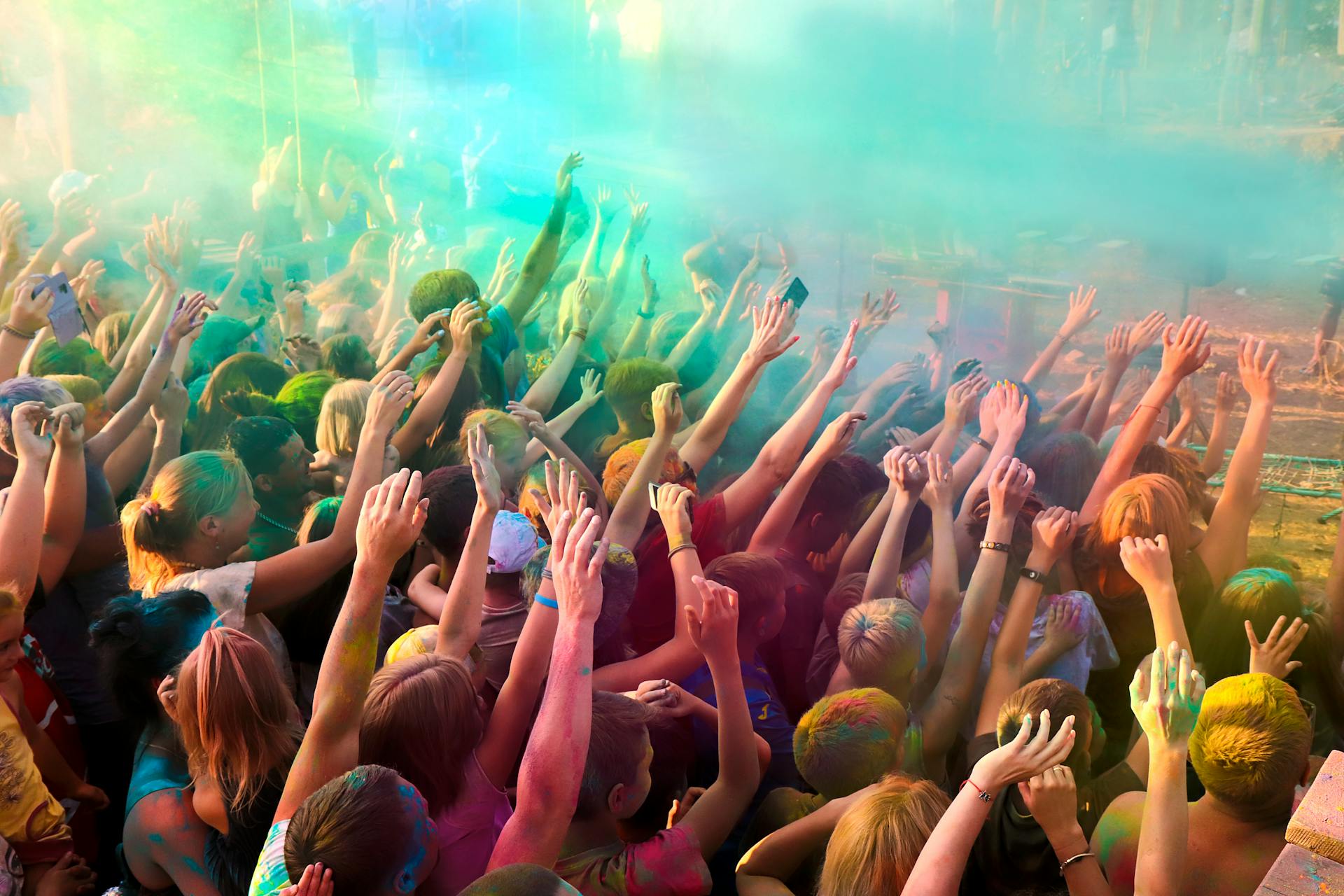


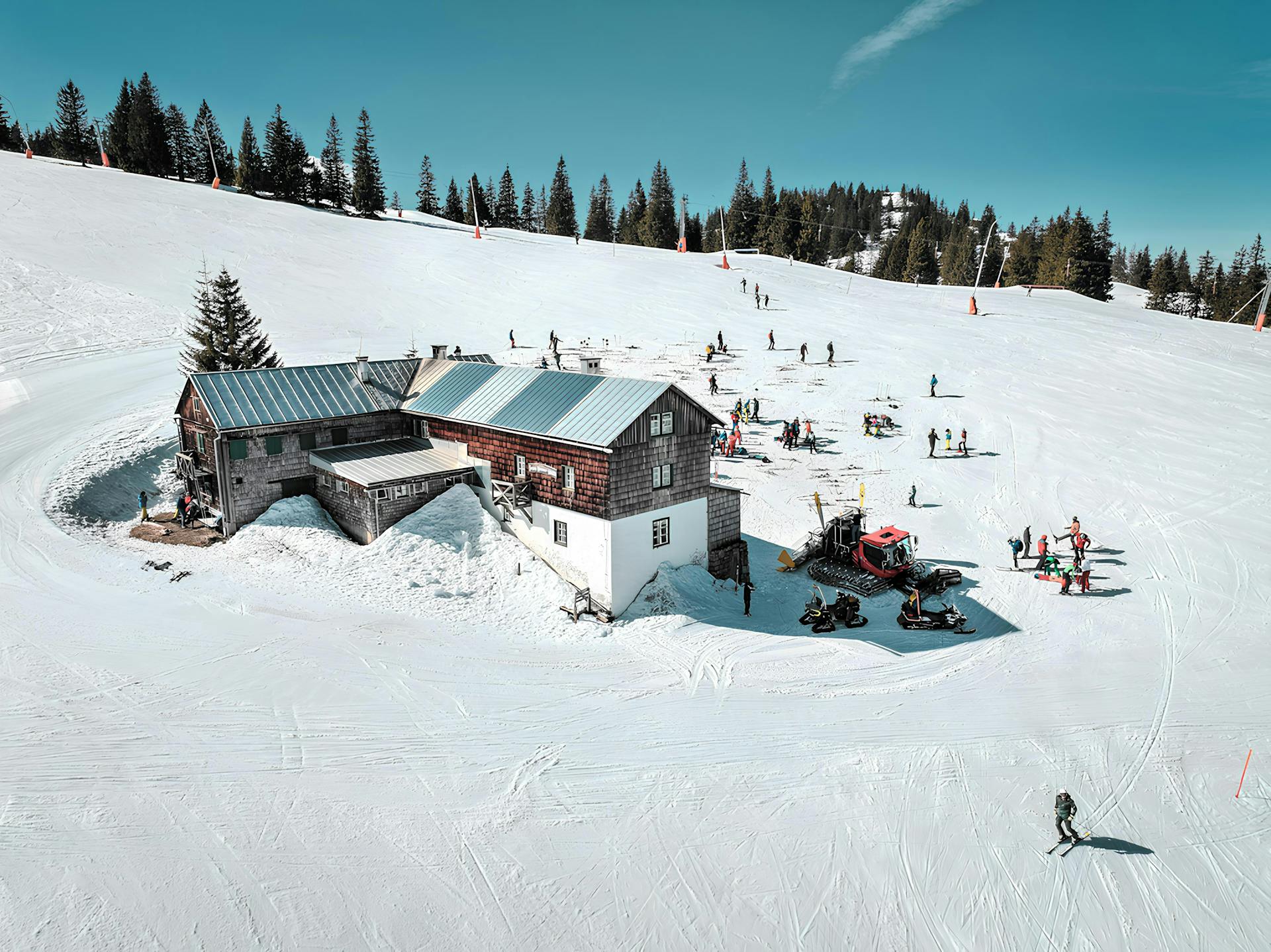

Leave a Reply
View Comments